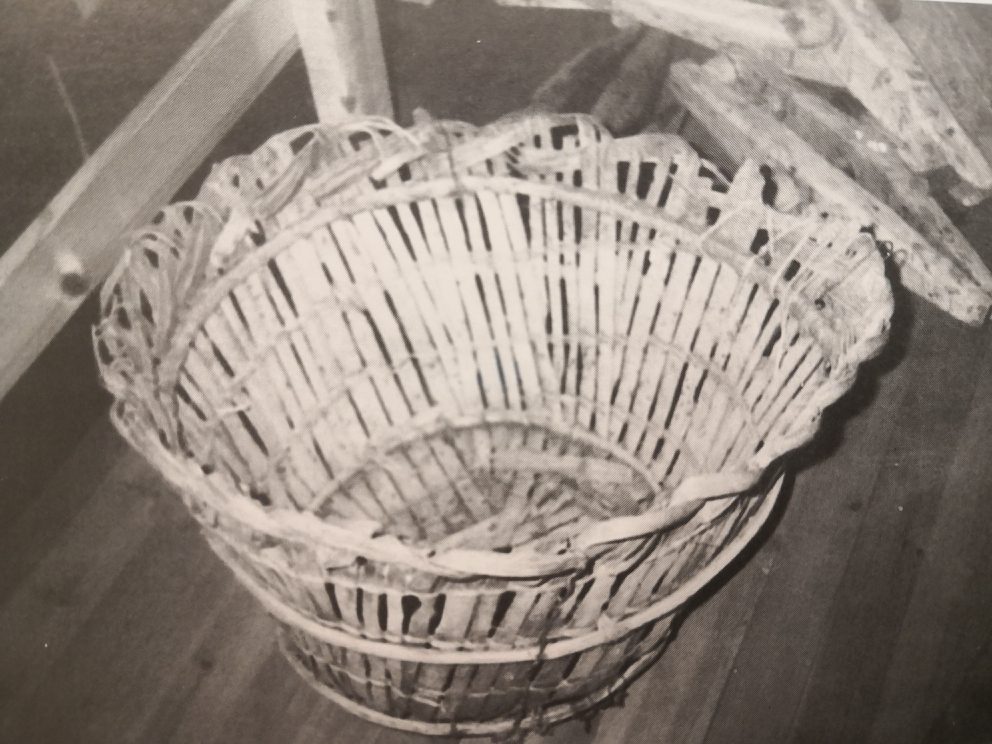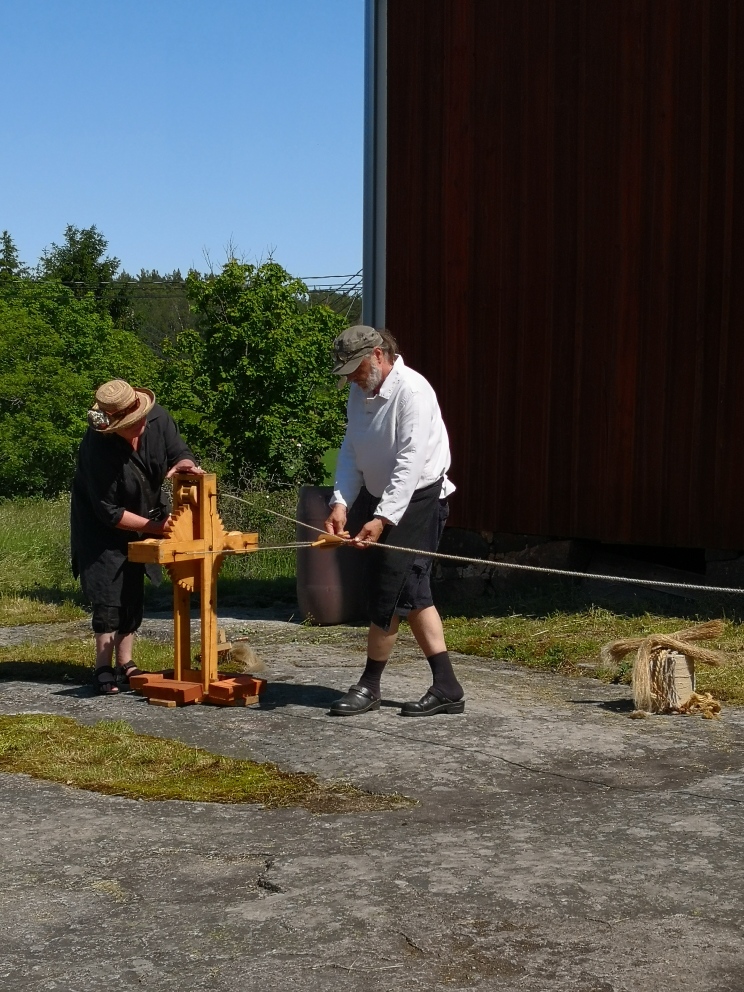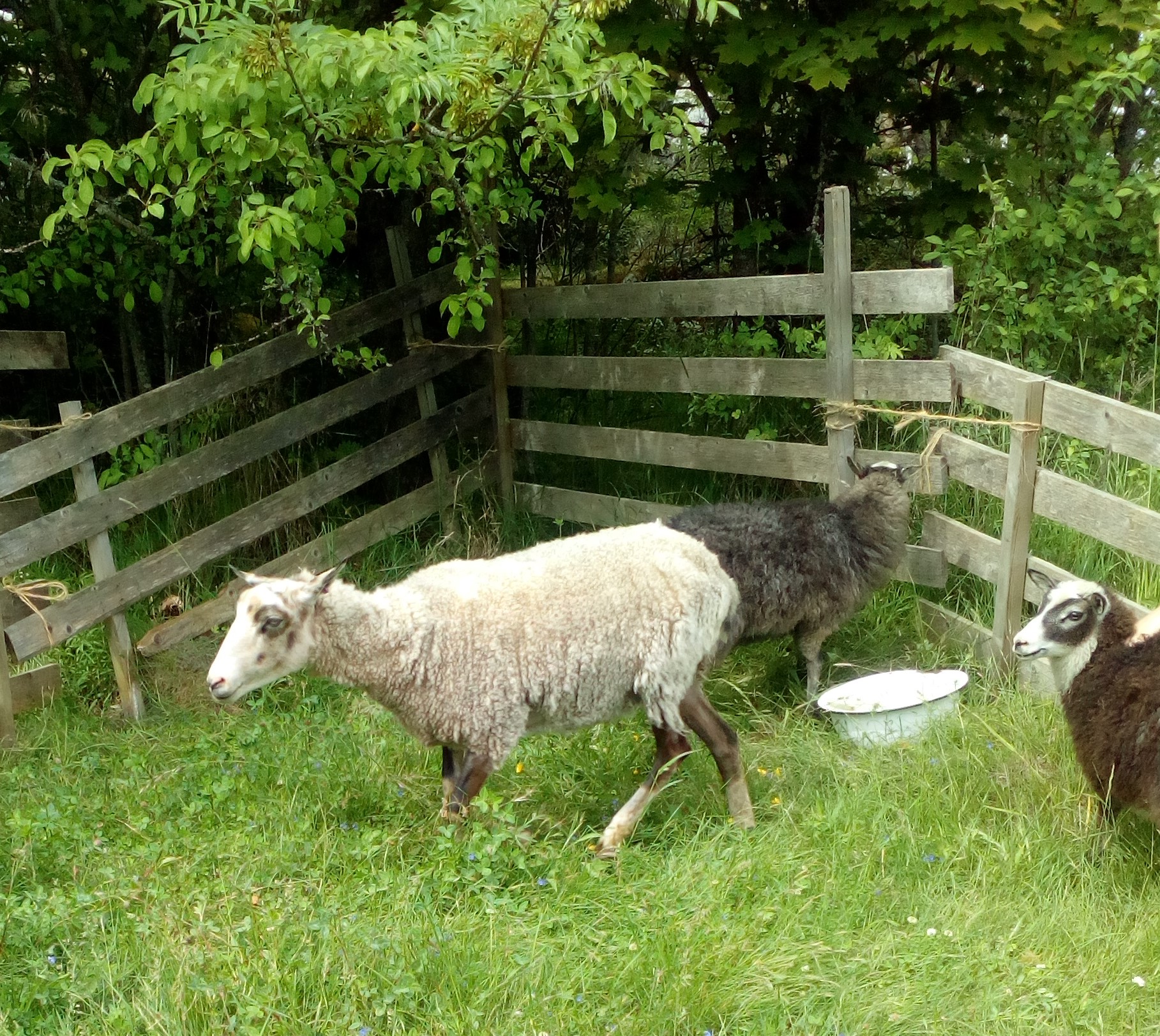History of Kustavi’s museum activities
Kustavi’s museum activities began in the 1930s, when Elin and Salli Vaihinen began collecting old objects from the area.
Salli Vaihinen, who worked as a primary school teacher in Kustavi’s Kaurissalo, also helped her students to increase the collection of objects. The collected objects were arranged and cataloged, and thus a small home museum was created in Salli Vaihinen’s home in the shed fence of Kevo, Vaihela . In 1954, Salli Vaihinen donated her collection to the municipality of Kustavi. In the same year, a museum committee was established to take care of the museum’s affairs, and more items were collected by locals. The Museum Committee was established in 1956 to replace the Museum Board.

Initially, the municipality lacked a suitable place to house museum objects. However, the premises for the museum were soon found in the village of South Vartsala on the island of Vartsala, where the main building of the Stuutila farm was renovated into a museum. The opening of the Kustavi Local History Museum was held in 1969.
In order to increase the artefacts and increase the variety, a special museum week was organized in 1970 in cooperation with the Kustavi Tourist Association, which was founded in the same year. The space of the museum almost doubled in 1974, when an additional space was built on the upper floor of the museum with the help of a grant as a showroom for an expanding collection. The following year, Teofilus Valtonen, a host from Vartsala, donated a fishing boat over a hundred years old to the museum, located in a shelter in the museum yard. On the edge of the courtyard is a smoke sauna built in the early 20th century, which the museum received as a donation in 1994.

In 1977, relatives of the author Volter Kilpi, donated furniture, books and other items from the author’s estate that had been in his summer villa at Lintukoto. With the help of donated objects, a room dedicated to Kilpi was decorated in the second chamber downstairs of the museum.
Since the 19th century, a Midsummer pole has been erected on the mill hill in the courtyard of the museum. A midsummer festival has been held in the yard since the 1970s, where both locals and summer guests have come together to watch the tasting and celebrate Midsummer. Herring lunch or salmon soup served in the yard has been a tradition in almost every Midsummer harvest since the early 1980s.
The traditional opening of the summer season with its food, music performances and work shows has been held in mid-June. The museum has flea markets, cleaning workshops and museum days for schoolchildren and kindergarten children. For several years, the theater performances of Volter Kilpi in Kustavi – the program of the literature week – have been followed in the courtyard of the museum.


The administration of the museum was reformed in the 1980s. The Museum Board was transformed into a Culture Committee in 1981, which in 1989 became a Library-Culture Committee as a result of the reform of the municipal administration. Today, the museum function is under the authority of the Board of Education.
Over the years, the museum has received more donations of artefacts, and the exhibitions have been renovated. Significant additional space was provided in 2003, when project funding enabled the acquisition of a new exhibition and warehouse building. The building tells about the old fishing method, winter fishing and the related tools and other objects. Electricity was installed in the main building of the museum in 2004. The name of the museum, originally known as the Kustavi Local History Museum, was changed in 2008 to the Kustavi Archipelago Museum. Indeed, the new name better reflects the original nature of the museum’s interior rooms and exhibitions, which have emerged from local artefacts related to landmarking, fishing and archipelago. The largest project in recent years has been the cataloging of museum objects and a collection of photographs.
The annual renovations will ensure that the museum remains a valuable cultural and historical site, where both the objects of the past and the building itself form a significant entity that tells about the local livelihoods, customs and homeland. Over the years, the condition of the museum building has been taken care of carefully, respecting the old and avoiding additional modernizations that are not suitable for the original atmosphere of the building.
Literature:
- Aaltonen, Elsa. 2002. Kustavin menneisyyttä.Turku.
- Heervä, I. & Joutsamo,T. 1983. Kustavin historia. Uusikaupunki.
Unprinted sources:
- Jaramo, Ilmo. 1999. Kustavin paikallismuseo 30 vuotta.
- Kotiseutumuseolla 20-vuotisjuhla Kustavissa. 1989. Puheen käsikirjoitus.
- Leskinen, Olli-Pekka.2007. Kustavin kotiseutumuseon kehittämissuunnitelma.
- Ranne, Voitto.1999. Kustavin kotiseutumuseo 30-vuotta. Kunnianosoitus menneiden polvien työlle. Puheen käsikirjoitus.

